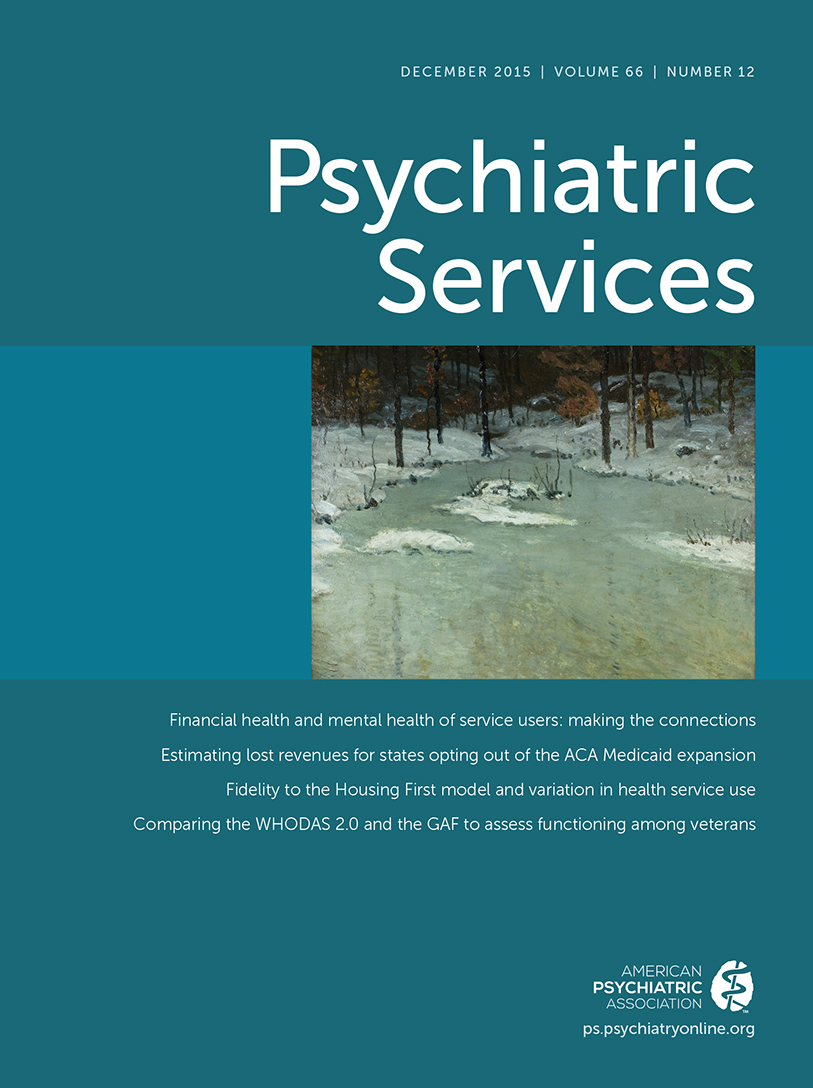An Examination of Eligibility Decisions in New York State’s Assisted Outpatient Treatment
Abstract
Objective:
The objective of this study was to compare assisted outpatient treatment (AOT) eligibility characteristics among participants receiving community treatment through AOT and non-AOT referrals.
Methods:
A total of 131 AOT and non-AOT charts were reviewed from three sites within one treatment agency in New York City. Intake information was coded for AOT eligibility information, suicide history, and risk of future violence according to the Historical Clinical Risk Management−20, version 3 (HCR-20V3), instrument.
Results:
No significant differences were found between groups for measurable AOT eligibility criteria. Compared with non-AOT participants, the participants referred through AOT scored significantly higher on HCR-20V3 for risk of future violence; however, most charts, including almost half of AOT participants, received low risk ratings.
Conclusions:
Study findings raise questions about why some individuals, and not others, are referred to AOT in New York City.



